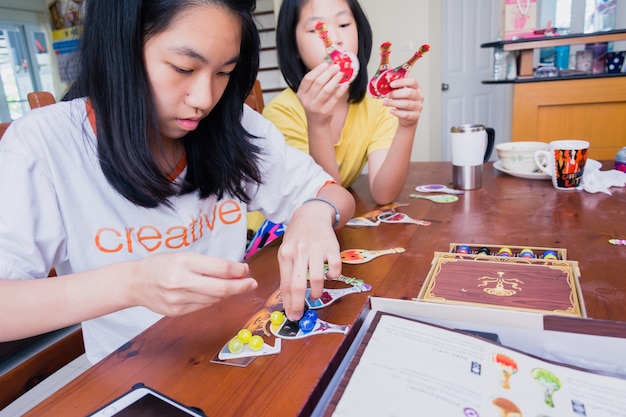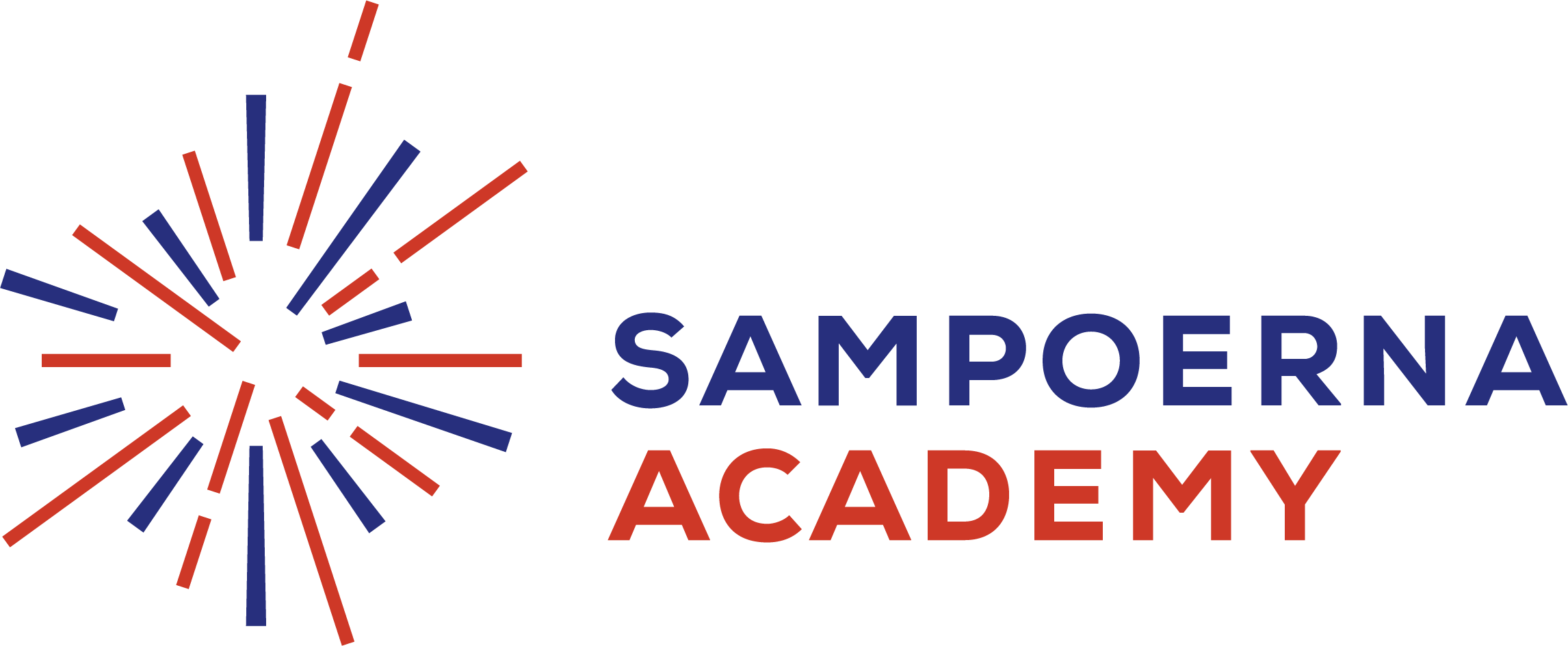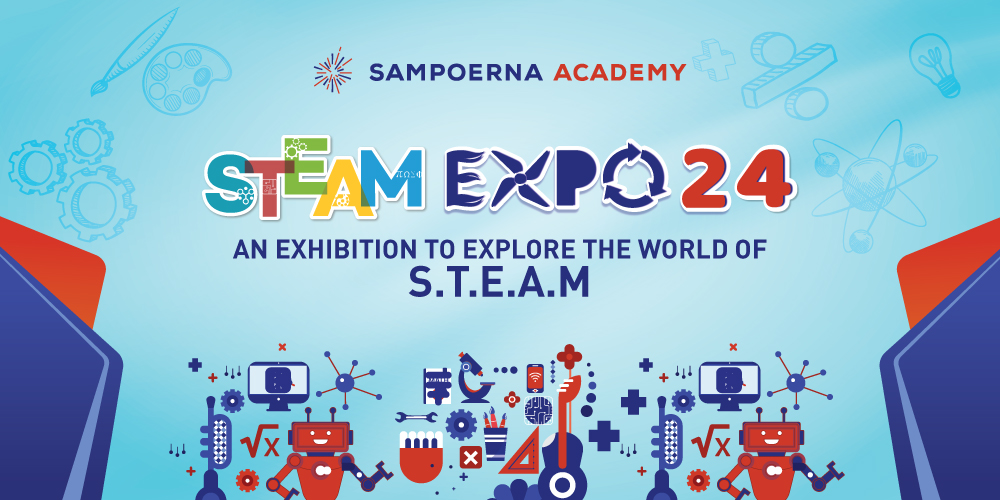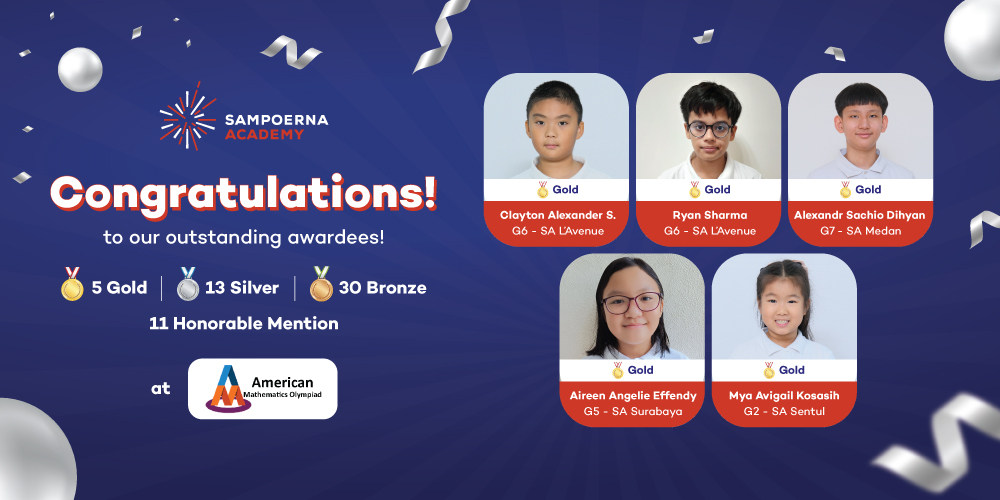Historically, education has been focused on preparing students for their future careers by providing them with specialized knowledge and skills in their chosen field. This has typically been achieved through STEM education.
However, as technology continues to advance and disrupt society, the education system is being forced to adapt and update its curriculum to meet the changing needs of students entering the workforce.
In this article, we will explore the differences between STEM (science, technology, engineering, and mathematics) and STEAM (science, technology, engineering, arts, and mathematics) education and how each approach can help to future-proof students’ education.
We will examine the pros and cons of each approach and discuss how incorporating the arts into STEM education can help to create a more well-rounded curriculum that better prepares students for success in the 21st century workforce.
Additionally, we will also look at how STEAM education can help to foster creativity and innovation in students, as well as explore some practical examples of how STEAM has been implemented in schools and universities.

What is STEM Education?
STEM Education stands for Science, Technology, Engineering and Mathematics education. It is an educational approach that integrates these subjects in an interdisciplinary and applied manner. STEM education emphasizes the application of knowledge and skills in real-world situations, rather than just teaching isolated facts.
The goal of STEM education is to produce students who have a deep understanding of the concepts and principles in these subjects, and are able to apply them to solve complex problems.
This approach is designed to prepare students for careers in fields such as science, technology, engineering, and mathematics, and to give them the skills necessary to be successful in an increasingly technology-driven society.
STEM education, which includes Science, Technology, Engineering, and Mathematics, plays a crucial role in a wide range of careers and is essential for driving the world forward. However, it alone doesn’t fully encompass the skills and knowledge needed to thrive in today’s society.
To address this, STEM education has been adapted to include the arts, forming STEAM education. STEAM education adds subjects such as humanities, dance, drama, music, language arts, visual arts, new media, and design to the core STEM subjects.
The integration of these subjects emphasizes the value of creativity and innovation in the workplace and the benefits of being well-rounded and having a creative edge. Through understanding the importance of the arts, students are better equipped to navigate and thrive in the modern world.
They also learn how different subjects are interconnected, such as how science is used in creating art or how learning different languages can open up opportunities to work with top-class scientific research institutes in other countries.

The Importance of STEAM Education
Creativity is often overlooked in the traditional, objective approach of STEM subjects. However, by incorporating the arts into education, students are given the opportunity to learn STEM subjects in a more open-ended and creative way.
This is crucial because creativity and the arts have always played an important role in turning scientific theories into practical, real-world applications.
By integrating the arts into education, students’ learning can become more engaging and dynamic. This can lead to students making connections between different subjects and engaging in learning in a more critical, confident and creative manner.
At Sampoerna Academy, we have implemented a STEAM-focused, internationally-recognized curriculum that incorporates inquiry, questioning, thinking, reasoning, and deduction into the daily lives of our students through problem-based learning methods.
As educators, it is important that we provide students with as many opportunities as possible to broaden their perspectives and develop their problem-solving skills. Education should not be limited to reading books and taking tests, but should include activities such as dramatics, creating art, and speaking different languages.
By providing a diverse range of learning opportunities, we can help to foster creativity and innovation in our students, and prepare them for success in the 21st century workforce.

The Benefits of Integrating Arts and STEAM Education
As Dr. Jenny Nash, Head of the Education Solutions Design Team at LEGO Education, states,
“A baker uses chemistry. A chemist develops the makeup, and a computer animator designs the on-screen special effects used in the blockbuster movies we see in theaters. Experiencing STEAM subjects in an integrated way is more authentic and representative of the world we’re preparing students to enter.”
At Sampoerna Academy, we value the Arts highly and our state-of-the-art technology allows students to create their own artful masterpieces with the support of experienced teachers.
This exciting aspect of our curriculum helps students acquire the skills and knowledge they need in design, style, and techniques of art, which can be applied to other areas of creation in STEM subjects.
For example, in structural engineering and architectural careers, students’ proficiency in drawing through the arts, combined with the math and science behind measurements and physics in STEM subjects, positions them well for professional careers.
As the global workforce becomes increasingly STEM-oriented, it is more important than ever for individuals to possess the ability to innovate and develop new ideas and designs through the intersection of art and science to create a better future for the world.
To learn more about how we prepare students for the future at Sampoerna Academy, contact us or schedule a visit our campus in your nearest city.
Sampoerna Academy Medan Campus
Sampoerna Academy Surabaya Campus





